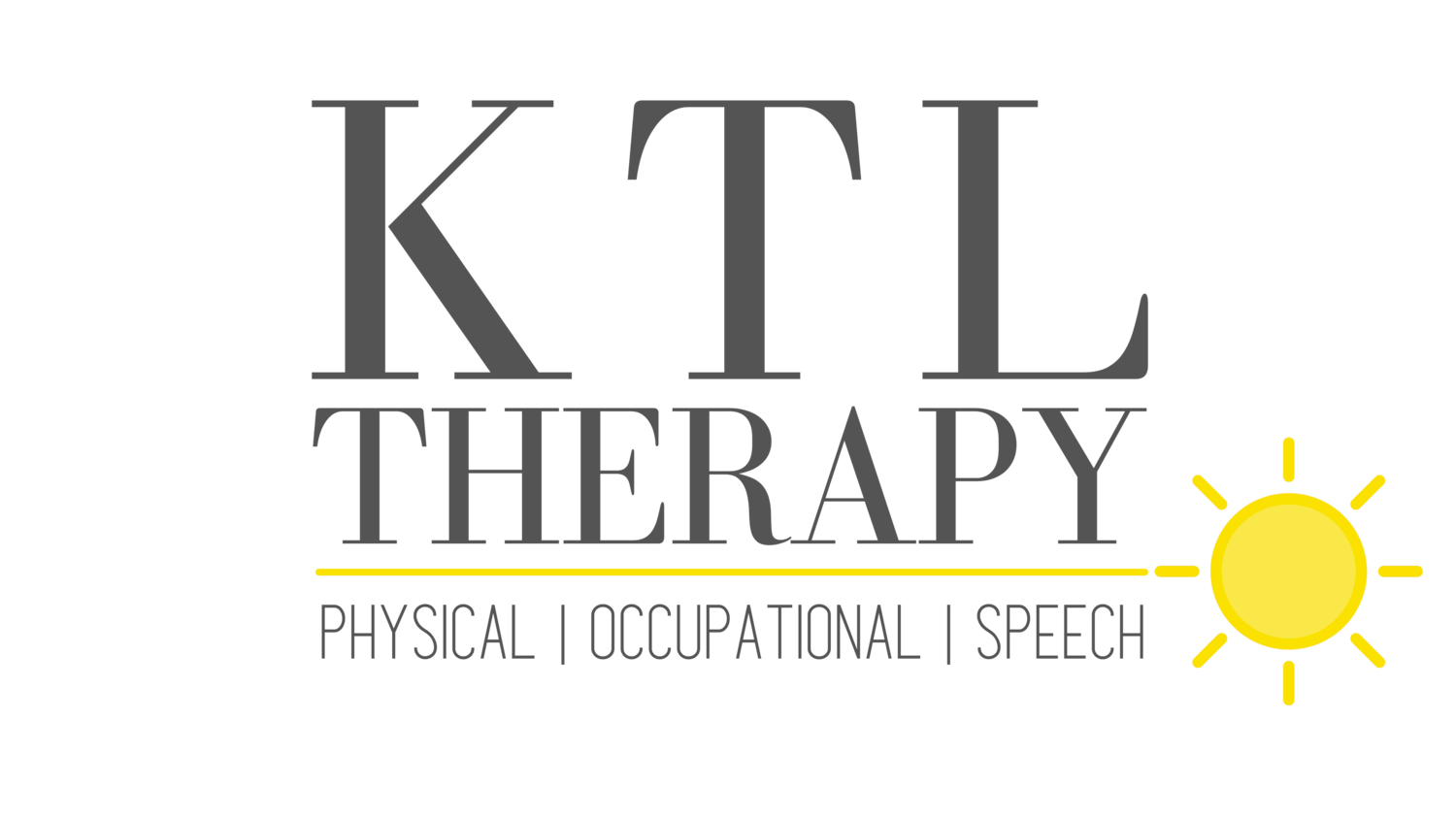Discovering DIR Floortime
by Anna DeHondt
OTR/L
What is DIR Floor Time?
DIR stands for Developmental Individual Differences and Relationship. This therapy model acknowledges that every child's development is unique.
Here's a breakdown of terms:
Developmental - Understanding where a child is in their development and the next steps in their growth.
Individual Differences - Recognizing the unique ways each child interacts with their environment and processes information.
Relationship - Focusing on building strong, supportive relationships as a foundation for all other areas of development.
The Role of Floortime
Floortime is the practical application of the DIR model. It's a play-based, child-led approach that emphasizes the importance of relationships in a child's development. During Floortime, therapists and families engage with the child on their terms, respecting their individual differences and using emotions to build connections. This involves using affect (calm, excited, happy, or sad expressions) to help children feel understood and supported.
Wait, Watch, and Wonder Technique
One key approach in Floortime is "Wait, Watch, and Wonder." This involves observing the child and their interactions with the environment to understand the motivations behind their actions. For example, if a child is lining up cars, we ask ourselves why this activity is meaningful to them. By waiting, watching, and wondering, we can better understand their needs and create a supportive environment that promotes positive development.
Building Relationships and Communication
Floortime is about more than just play; it's about building meaningful relationships. By getting down to the child's level, whether on the floor or at a comfortable height, we reduce power dynamics and foster connection. We follow the child's lead, mirroring their actions and emotions to develop "circles of communication," where interactions are reciprocal and meaningful.
Beyond the Clinic: Everyday Floortime
Floortime doesn't end in the clinic. It's meant to be integrated into daily life. Families can incorporate Floortime techniques throughout the day, making everyday activities opportunities for connection and growth. For instance, during routines like putting on shoes or at the dinner table, families can engage in Floortime to strengthen their bond with their child.
A Simple Home Activity
A great way to practice Floortime at home is to minimize distractions by putting toys away and focusing on one-on-one interaction. This can reveal the powerful relationship that can develop when you give your full attention to your child. Try it out and see the difference it makes in your connection and their development.
By embracing the DIR Floortime approach, we celebrate each child's unique way of interacting with the world, fostering an environment where they feel safe, understood, and ready to learn.
KTL Therapists are available to assist your family in creating a unique therapy plan based on your child’s needs and goals.






